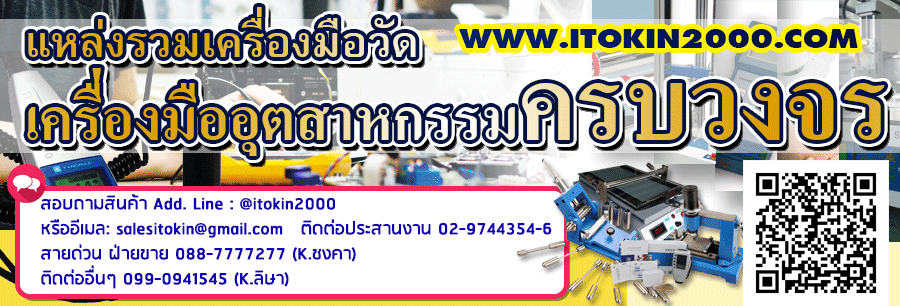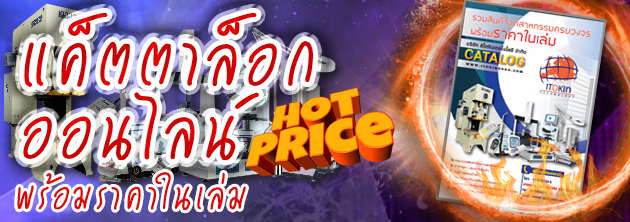เครื่องทดสอบความล้าโครงสร้าง
Axial Tabletop dynamic Fatigue Test Systems HST-P25

ใช้เพื่อทำการทดสอบความล้าทางกลแบบไดนามิกและแบบคงที่สำหรับวัสดุและชิ้นส่วน เครื่องนี้ยังสามารถทดสอบความล้าของชิ้นส่วนโครงสร้างอื่นๆ ที่มีฟิกซ์เจอร์ต่างกันได้อีกด้วย เครื่องนี้ยังสามารถใช้กับวัสดุหรือชิ้นส่วนโครงสร้าง ชิ้นส่วนรถยนต์ และการทดสอบสมรรถนะทางกลแบบคงที่อื่นๆ เป็นเครื่องจักรยอดนิยมสำหรับมหาวิทยาลัย สถาบันวิจัย องค์กร และอุปกรณ์ทดลองอื่นๆ ในการทดสอบ
ตามแนวแกน
โครงสร้างตามแนวแกนของระบบทดสอบบนโต๊ะสามารถใช้เพื่อศึกษาอายุการใช้งานของความล้าและการเจริญเติบโตของการแตกหักที่แม่นยำและทำซ้ำได้ รวมถึงการทดสอบแรงดึง การดัดงอ และแรงอัดของวัสดุชีวภาพ ทำการทดสอบได้สูงสุด ±25 kN (5.5 กีบ) โดยมีระยะกระจัดมาตรฐาน ±50 มม. (± 2 นิ้ว) และสามารถกำหนดค่าสำหรับการทดสอบแบบโมโนโทนิกหรือการทดสอบความล้าได้อย่างง่ายดาย
ความปลอดภัยที่ยอดเยี่ยม
ระบบความปลอดภัยที่เกินกว่าหลักเกณฑ์ของ CE และองค์กรอื่นๆ การวางตำแหน่งครอสเฮดแบบขับเคลื่อนทำให้สามารถควบคุมการยกและลดระดับได้อย่างเข้มงวด เพื่อการกำหนดค่าพื้นที่ทดสอบที่แม่นยำและง่ายดาย ระบบเหล่านี้ยังจำกัดความเร็วของแอคชูเอเตอร์ในขณะที่เคลื่อนเข้าสู่ตำแหน่งทดสอบ เพื่อป้องกันการเคลื่อนไหวที่ไม่คาดคิดซึ่งอาจสร้างความเสียหายให้กับชิ้นงานทดสอบ ระบบทดสอบ หรือผู้ปฏิบัติงาน นอกจากนี้ อุปกรณ์จับยึด HST ยังให้การจับยึดชิ้นงานทดสอบที่เป็นบวก ทำให้มั่นใจได้ว่าชิ้นงานจะถูกยึดอย่างแน่นหนาและจะไม่ลื่นไถลระหว่างการทดสอบ
พื้นที่ทำงานที่มีประสิทธิภาพสูง
เข้าถึงพื้นที่ทำงานและความสะดวกสบาย ระบบทดสอบบนโต๊ะ HST ได้รวมขาตั้งโครงรับน้ำหนักเข้ากับโต๊ะ T-slot ในตัวและช่องเพื่อบรรจุของเหลวที่หก แฮนด์เซ็ตระบบขนาดกะทัดรัดแสดงสถานะการทดสอบได้อย่างชัดเจน และการควบคุมที่แม่นยำทำให้สามารถวางตำแหน่งแอคชูเอเตอร์ได้ละเอียด
โซลูชั่นแบบครบวงจร
กำหนดค่าได้สำหรับการใช้งานด้านชีวการแพทย์ที่หลากหลาย มีส่วนประกอบและอุปกรณ์เสริมทำการทดสอบทางชีวการแพทย์อย่างถูกต้องและมีประสิทธิภาพตามมาตรฐานทั่วโลก
หน่วยกำลังไฮดรอลิก
หน่วยกำลังไฮดรอลิก ให้กำลังแก่ระบบทดสอบบนโต๊ะ ด้วยความยืดหยุ่นและความคุ้มค่าที่เหนือกว่า ได้รับการออกแบบมาเพื่อรองรับการใช้งานเซอร์โวไฮดรอลิกที่ใช้งานต่อเนื่อง และทำงานได้อย่างน่าเชื่อถือปีแล้วปีเล่า ด้วยการออกแบบที่เงียบ สะอาด และกะทัดรัด

Application:
Mainly used to do the dynamic and static mechanical fatigue test for materials and parts . The machine could also complete the fatigue test of other structural parts with different fixture. The machine also can be used for materials or structural parts, auto parts and other static mechanical performance test. It is a popular machine for the university, research institutes, enterprises and other experimental equipment to test.
Axial
The axial configuration of the tabletop test system can be used to perform accurate and repeatable fatigue life and fracture growth studies, as well as tension, bending and compression tests of biomaterials. It runs tests up to ±25 kN (5.5 kip) with standard displacements of ±50 mm (± 2 in.), and can easily be configured for monotonic or fatigue testing.
Exceptional safety
HST tabletop systems deliver a level of safety that exceeds the guidelines of CE and other organizations. Powered crosshead positioning provides tight control of lifting and lowering for precise and easy test space configuration. These systems also restrict the actuator’s speed as it moves into test position, preventing unexpected motion that could cause damage to the specimen, the test system or the operator. In addition, HST grips provide positive specimen gripping ensuring specimens are attached securely and will not slip during tests.
Highly efficient workspace
To ensure workspace accessibility and convenience, HST tabletop test systems incorporate a load frame stand with an integrated T-slot table and channels to contain spilled fluids. A compact system handset clearly displays test status, and precision controls allow fine actuator positioning.
Integrated Solutions
Configurable for a wide range of biomedical applications HST offers the components and accessories biomedical researchers and manufacturers need to conduct biomedical testing accurately and efficiently in accordance with worldwide standards.
Hydraulic power units
HST hydraulic power units (HPUs) power HST tabletop test systems with superior flexibility and cost- efficiency. They are engineered to handle continuous-duty servohydraulic applications, and perform reliably, year after year. With their quiet, clean and compact design, HST SilentFlo HPUs can be placed directly on the test lab floor, eliminating the expenses associated with managing a separate pump room and transporting hydraulic fluid across the test facility.
| |
|
 |
 |
| |
|
Specifications
|
MODEL
|
UNITS
|
370.02 Axial
|
|
Max. Load(kN)
|
kN
|
15, 25
|
|
Available actuator₁
|
kN
|
15, 25
|
|
Actuator dynamic stroke₁
|
mm
|
100, 150
|
|
Minimum vertical test space – standard height₂
|
mm
|
144
|
|
Maximum vertical test space – standard height₃
|
mm
|
827
|
|
Minimum vertical test space – extended height₂
|
mm
|
398
|
|
Maximum vertical test space – extended height₃
|
mm
|
1335
|
|
Working height₄
|
mm
|
2308
|
|
Column spacing (test space width)
|
mm
|
460
|
|
Column diameter
|
mm
|
76.2
|
|
Base width
|
mm
|
622
|
|
Base depth
|
mm
|
577
|
|
Diagonal clearance – standard height₅
|
mm
|
17508
|
|
Diagonal clearance – extended height₅
|
mm
|
22508
|
|
Overall height – standard height₆
|
mm
|
19898
|
|
Overall height – extended height₆
|
mm
|
26248
|

Software system
The software system is a mainstream multi-channel dynamic test system. Due to the wide range of test
standards covered by the software, flexible use, and convenient and fast data import and export, it is
particularly suitable for use by various scientific research institutions. The main features are:
Developed based on Win7 / 10 working platform;
Integrate various dynamic test functions and integration. For dynamic tests, you can define a combination of test waveforms with arbitrary functions to form a test
spectrum and test process, and control the test machine to complete various types of complex function
dynamic fatigue tests.
For static tests, the software integrates major international standards and domestic GB standard software
modules in the field of material testing. It has powerful functions and is suitable for both scientific research and
conventional process research.
Various functions such as data collection, test steps, data storage, and test protection can be programmed in
the form of events to help users complete test operations of various complex functions.













